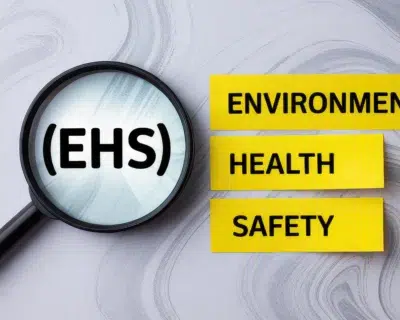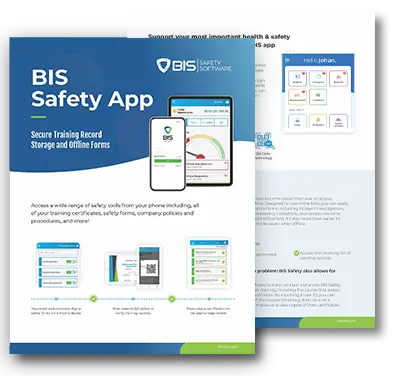
4 Effective Ways To Build A Safety Culture
A solid safety program is the first step to preventing accidents and creating a safer workplace. However, the best results are achieved when safety goes beyond a set of requirements and become a normal part of doing business. A safety culture requires a company-wide effort, and the responsibility cannot be delegated to workers and supervisors alone. Executives and managers should also get involved in safety, providing the necessary training and resources.
Safety leadership is a potential area of improvement in US workplaces, and this is reflected in the figures published by the US Bureau of Labor Statistics.
- The latest data available covers 2019, with 888,200 accidents involving days away from work, and 5,333 fatalities across all business sectors.
- This represents more than 2,400 accidents and 14 fatalities per day.
In this article, we will discuss 4 ways to create a great safety culture in organizations. A safety program is beneficial, but more accidents are prevented when safety becomes a core business process like sales or marketing.
1) Involve Your Employees
Safety policies and frequent training raise awareness among workers, making accidents less likely. However, employees can also provide valuable feedback, since they are constantly dealing with workplace hazards. The following are some examples of how employee involvement can improve safety programs:
- Identifying which safety measures are effective, and which measures are unreliable or difficult to implement.
- Pointing out issues that are not being addressed by the safety program.
- Identifying gaps in safety knowledge, to plan the necessary training.
To ensure that feedback reaches safety managers, there must be an efficient reporting procedure that is understood by all workers. New hazards should be brought to attention as quickly as possible, or the risk of accidents increases. Well-trained employees and supervisors can avoid many hazards on their own, but some issues require management decisions.
Companies should promote a culture where hazards are communicated and not hidden. A major mistake is focusing on reports only, and not what is actually happening at work. For example, if an organization focuses on finding who to blame, employees may hide minor accidents instead of looking for solutions.
2) Communicate with Employees

Effective communication is fundamental for employee involvement, and this has two important requirements. Workers need communication channels, but there must also be a culture of sharing information. Managers can promote communication with regular meetings, but they must also be open to feedback at all times, since workplace hazards don’t follow a schedule.
Promoting communication is especially important after hiring new employees who may have come from a workplace that lacks safety leadership. Companies must also make their safety programs and policies accessible, so employees can clear their doubts at any time. An effective reporting system is critical, as previously mentioned, to ensure that emerging hazards are addressed ASAP.
Planned meetings are important for a safety program, as they provide an opportunity for updates and feedback. However, safety leadership requires ongoing communication, since workplace risks are unpredictable.
3) Train Your Employees
Safety awareness can help prevent accidents, but additional knowledge is often necessary. Workplace hazards are a technically complex topic, and employees need specialized knowledge to protect themselves. For example, some toxic gases are odorless and colorless, and workers who are unaware may be exposed to a lethal concentration.
Safety awareness boosts confidence by allowing employees to know how to avoid the hazards present in workplaces. By simply knowing how to stay safe, workers can become empowered and productive.
Online training is very useful as workers can update their safety knowledge at their own schedule. This eliminates the need to gather employees in a classroom, which is often disruptive for work and can be costly with travel expenses. Online training provides consistency in training material to employees, and employers can ensure that the same material is being relayed to the trainee.
4) Lead by Example
Some workers are exposed to more hazards due to the nature of their job. Executives may have minimal interaction with these hazards, but they must follow safety procedures strictly when applicable. A safety culture requires involvement by the entire company. For example, they must wear the required PPE correctly when visiting a factory floor, to reinforce the message that safety must be taken seriously.
Online training is often designed for workers and supervisors, focusing on the hazards that may be encountered in a specific job position. However, a safety culture can be created more easily when managers are also aware of the hazards present.
Conclusion
Safety leadership requires a combination of technical knowledge and organizational culture. Workers are responsible for following safety protocols and using personal protective equipment. However, managers must provide all the necessary resources, while ensuring that collaborators get the right training. Open communication and employee involvement are also key, since workers can provide the best feedback to improve safety programs.




































